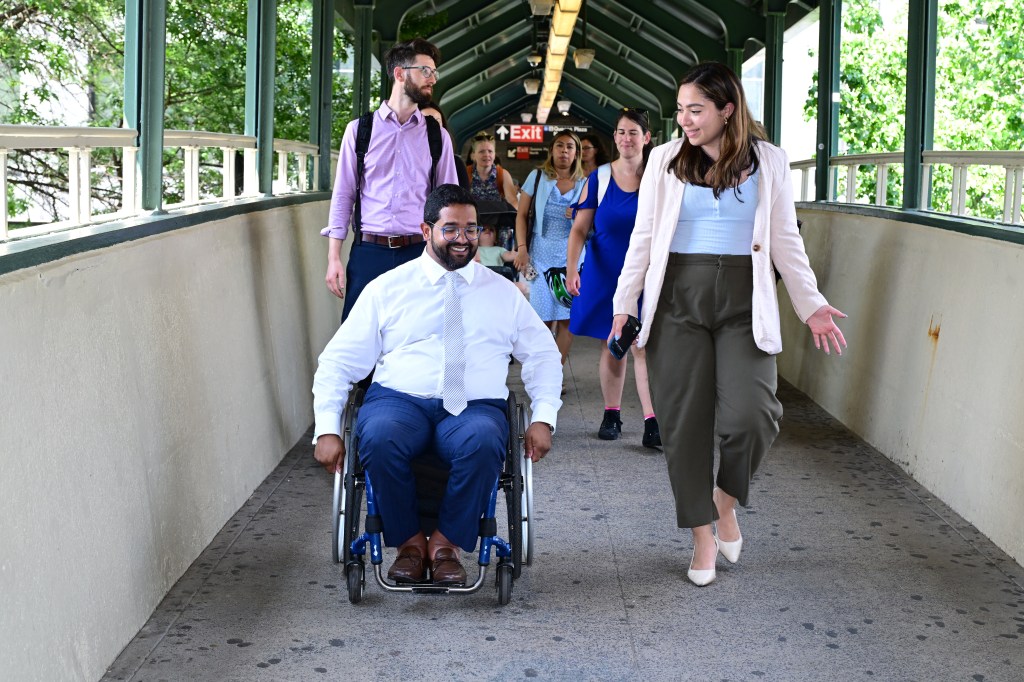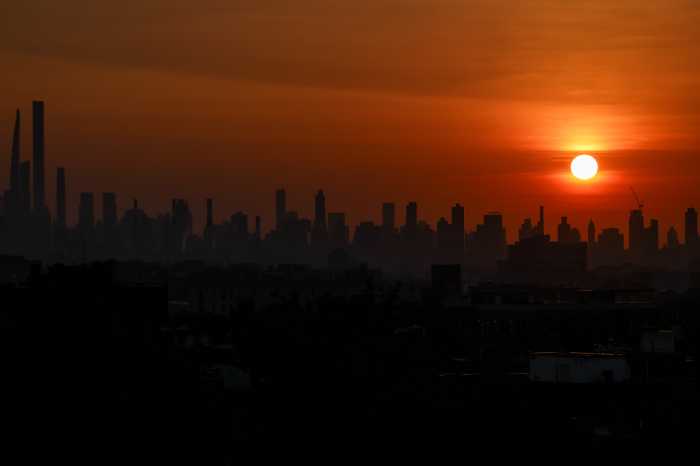By Philip Newman
What happens when a rent stabilized apartment is vacated?
For example, a vacancy occurs in a rent stabilized apartment renting for $1,000 a month, not an uncommon rent for Queens apartments, according to Michael McKee, associate director of Tenants & Neighbors Coalition, a renters activist agency.
The landlord is entitled under the Statutory Vacancy Bonus provision of rent regulations to add 20 percent, which means an increase of $200, raising the rent to $1,200 a month, he said.
“Then the landlord can renovate the apartment,” said McKee. “At that point, the landlord calculates how much he must spend on the renovation to bring the rent up to $2,000 a month. In this case, the figure is $32,000, since he is entitled to add 1/40th of the renovation expenses, or $800, to the new rent.
“This brings the apartment to $2,000, which means it no longer qualifies under the rent regulations,” McKee said. “He can ask any amount of money he wants — even less than $2,000 if he wants to. Not only that, but it means he is no longer obligated to renew anyone’s lease. There is now no tenant protection.”
McKee said nine out of 10 landlords go through the process of renovating vacant apartments, although some do nothing and still declare the apartment deregulated.
“But there is no enforcement of the rules by the state Division of Housing and Community Renewal,” McKee said. “It is entirely up to the new tenant to report the situation to the DHCR. Some new tenants are unaware of their rights and some are afraid to challenge such landlords.”
McKee said that a survey in 2002 found that the median rent for New York City rent stabilized tenants, meaning 50 percent paid more and 50 percent paid less, was $703.
As for rent controlled tenants, of which fewer than 10,000 remain in Queens, when such an apartment is vacated, it falls under rent stabilization guidelines, but the landlord can ask market rent. However, the tenant may appeal the rent to the DHCR.



































